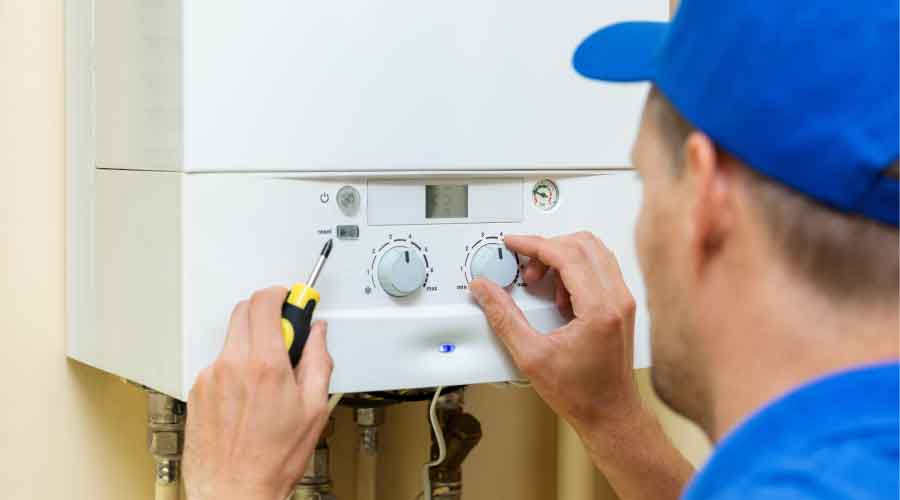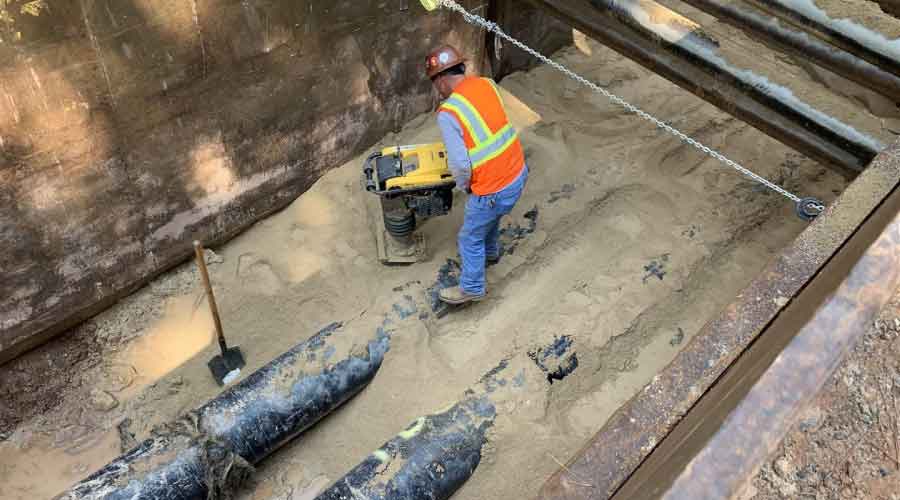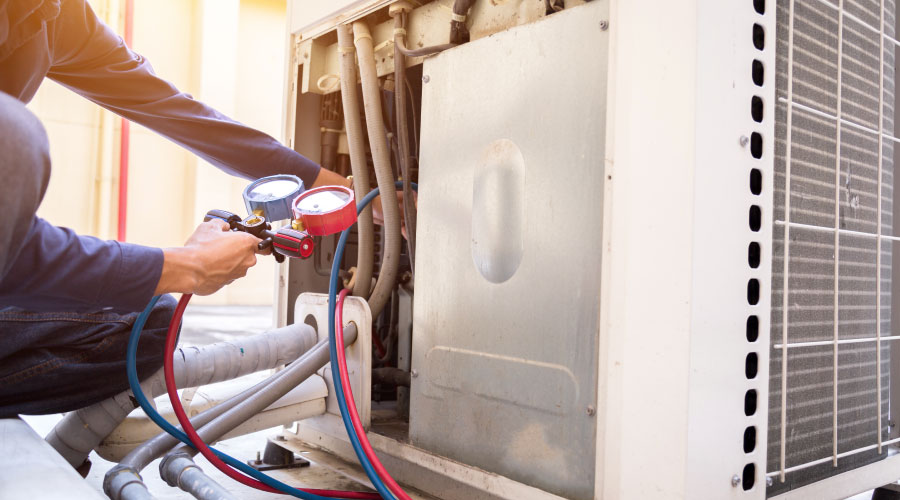Application Considerations for Tankless Water Heaters
Tankless water heaters offer the most benefits to facilities in which natural gas or LP gas is available and low life-cycle cost is the objective. One-time installation costs for tankless units are higher than storage-tank heaters but can be partially offset with energy tax credits.
Their recurring annual operating costs are significantly lower, netting a much lower overall cost. They even compare favorably with heat-pump water heaters. Also, the useful life of a tankless water heater can exceed 20 years — with proper attention to water quality and maintenance — compared to 15 years for storage-tank heaters.
Tankless heaters are well-suited to a range of applications, from whole facilities to a single point. They also can save water for facilities when used as boosters in applications in which occupants otherwise let the water run for long periods until hot water comes out of the faucet.
To check if this is a problem, technicians can use a bucket to collect the cold water that flows until hot water comes out. If this situation occurs every day, multiply the collected amount by 365 to determine the volume of water paid for but lost down the drain annually. Then multiply that number by the number of kitchens, restrooms, showers, laundry faucets, and other uses to get a better sense of the waste.
Large, whole-facility applications can link more than 20 tankless heaters into one system to produce nearly 300 gallons per minute. A high-temperature chip-conversion kit can increase the temperature range on commercial heaters to 185 degrees for process applications — for example, health care facilities' water uses.
Electric-coil and coilless, tankless water heaters can be appealing options for single-point-of-use applications, such as restrooms and custodial closets. These heaters are compact, can be mounted on walls or under counters, and do not require venting, and if they are installed close to the point of use, they eliminate heat losses incurred by storage-tank heaters.
Related Topics:













